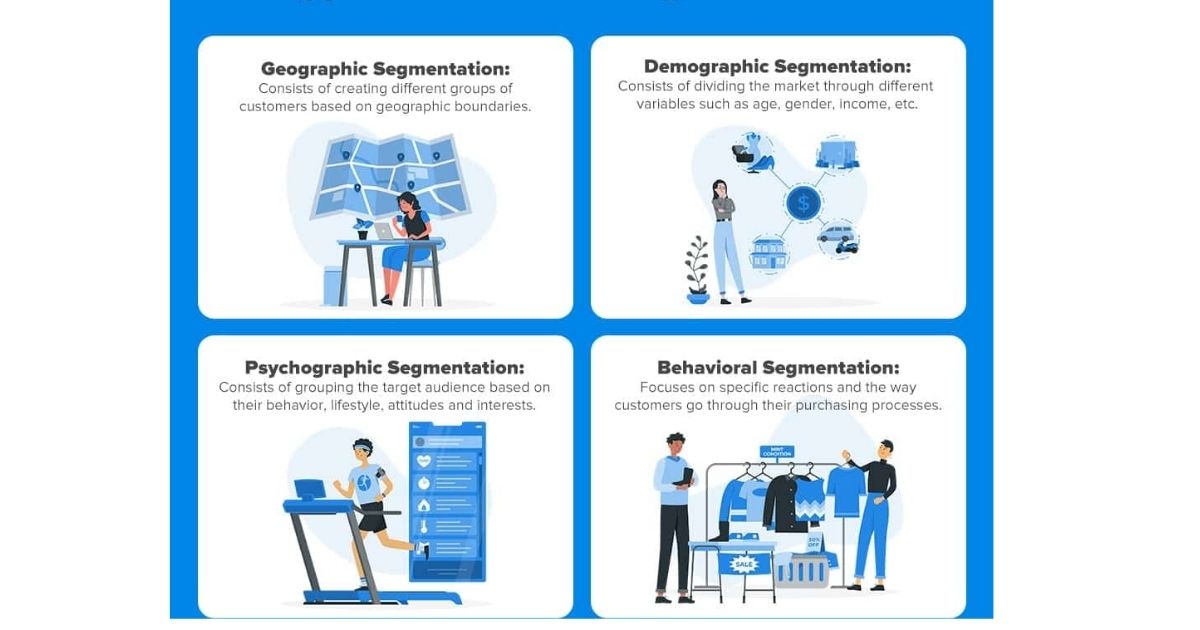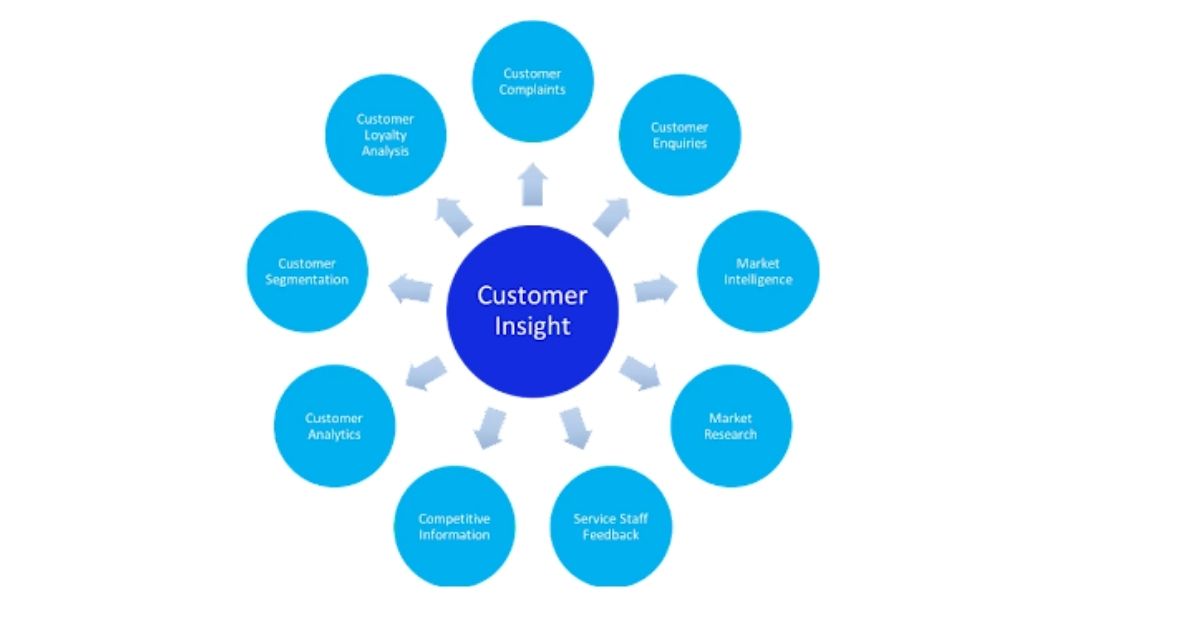Discover the market segment that truly captures your worldview. Dive into the realm of psychographic segmentation, a powerful tool that unlocks insights into how customers perceive the world. By analyzing customer attitudes and interests, marketers gain a deeper understanding of the values that shape consumer behavior.
This data-driven approach allows for tailored marketing strategies that enhance customer engagement. Harness the power of psychographic insights to connect with your audience on a profound level and foster a sense of belonging.
Key Takeaways
- Psychographic segmentation categorizes customers based on motivations and psychological profiles.
- Understanding customer attitudes unlocks valuable consumer insights.
- Analyzing customer interests uncovers the values that shape consumer behavior.
- Tailoring marketing strategies based on customer interests enhances customer connections.
The Role of Psychographic Segmentation in Understanding Customer Perspectives
You might be wondering how psychographic segmentation plays a role in understanding your customers’ perspectives. Well, let’s dive into it. Psychographic segmentation is a market research tool that categorizes customers based on their motivations and psychological profiles. It goes beyond basic demographic information and delves into the deeper layers of consumer behavior.
By understanding your customers’ motivations, you can gain valuable insights into why they make certain purchasing decisions. This information allows you to tailor your marketing efforts to better resonate with your target audience.
For example, if your customer base is motivated by a desire for belonging, you can create messaging and branding that emphasizes community and inclusivity. By using psychographic segmentation, you can truly understand your customers and create a sense of belonging that fosters loyalty and engagement.
Identifying Customer Attitudes: A Key to Unlocking Consumer Insights
Understanding customer attitudes is essential for unlocking valuable consumer insights. By identifying customer preferences and analyzing consumer behavior, businesses can gain a deeper understanding of their target audience and tailor their marketing strategies accordingly.
Market segmentation is true. One effective way to identify customer attitudes through market research and surveys is by using this approach. These tools allow businesses to gather data on customer preferences, opinions, and attitudes towards their products or services.
Analyzing this data can provide valuable insights into consumer behavior, allowing businesses to make informed decisions about product development, pricing, and marketing strategies.
Social media monitoring and sentiment analysis can provide real-time insights into customer attitudes and opinions. By understanding and responding to customer attitudes, businesses can build strong relationships with their target audience and create products and experiences that resonate with their customers’ values and desires.
| Benefits of Identifying Customer Attitudes | Strategies for Analyzing Consumer Behavior |
|---|---|
| – Gain insights into customer preferences | – Conduct market research and surveys |
| – Tailor marketing strategies accordingly | – Analyze data on customer attitudes |
| – Make informed decisions about product dev | – Monitor social media and sentiment analysis |
| – Build strong relationships with customers | – Respond to customer attitudes |
Examining Customer Interests: Uncovering the Values That Shape Consumer Behavior
By analyzing customer interests and uncovering the values that shape consumer behavior, businesses can gain valuable insights into their target audience’s preferences and tailor their marketing strategies accordingly.
Understanding consumer motivations and lifestyle choices is essential in today’s competitive market. When businesses delve deeper into customer interests, they can uncover the underlying factors that drive consumer behavior. This deeper understanding allows companies to create marketing campaigns that resonate with their target audience on a personal level.
By aligning their messaging and offerings with the values and interests of their customers, businesses can establish a sense of belonging and connection. This sense of belonging is crucial for building brand loyalty and long-term customer relationships.
Through this examination of consumer interests, businesses can transition into the next section, which explores how psychographic segmentation can enhance customer engagement by further tailoring marketing strategies to specific customer segments.
Tailoring Marketing Strategies: How Psychographic Segmentation Enhances Customer Engagement
To effectively engage customers, businesses must tailor their marketing strategies by incorporating psychographic segmentation, which allows for a deeper understanding of individual preferences and motivations.
This approach goes beyond traditional demographic segmentation by focusing on the psychological and behavioral characteristics of consumers. By employing personalized marketing techniques, such as targeted messaging and customized offers, companies can better appeal to specific customer preferences.
Understanding customer motivations is also crucial for creating emotional connections with consumers. By identifying their desires, fears, and aspirations, businesses can craft compelling marketing campaigns that resonate on a deeper level.
By leveraging psychographic insights, companies can connect with customers on a more personal and meaningful level, fostering a sense of belonging and loyalty. This in turn leads to increased customer engagement and long-term brand advocacy. Transitioning into the next section, let’s explore the strategies for leveraging psychographic insights to connect with customers on a deeper level.
Leveraging Psychographic Insights: Connecting With Customers on a Deeper Level
When connecting with customers on a deeper level, it’s important for businesses to tap into psychographic insights and understand not only who their customers are, but also what motivates and drives them. Connecting emotionally and creating personal connections with customers can significantly enhance customer engagement and loyalty.
Psychographic insights provide businesses with valuable information about customers’ values, beliefs, interests, and lifestyles, allowing them to tailor their marketing strategies accordingly. By understanding what truly matters to their customers, businesses can create personalized experiences that resonate on a deeper level.
This can be achieved through targeted messaging, customized products or services, and creating a sense of belonging. By leveraging psychographic insights, businesses can foster emotional connections with customers, ultimately leading to stronger relationships and increased customer satisfaction.
Frequently Asked Questions
How Does Psychographic Segmentation Differ From Demographic Segmentation in Understanding Customer Perspectives?
Psychographic segmentation differs from demographic segmentation in understanding customer perspectives. Key differences include psychographic segmentation focusing on attitudes, values, and lifestyle, while demographic segmentation focuses on factors like age, gender, and income.
What Are Some Common Methods Used to Identify Customer Attitudes?
To understand how customers view the world, you need to identify their attitudes. There are various methods to do this, such as surveys, interviews, and social media analysis. These customer attitude identification methods provide valuable insights.
How Can Customer Interests Be Effectively Analyzed to Uncover the Values That Shape Consumer Behavior?
To effectively analyze customer interests and uncover the values that shape consumer behavior, you need to conduct a thorough customer behavior analysis. This will help you understand what drives their decision-making process and align your offerings accordingly.
Can You Provide Examples of Marketing Strategies That Have Successfully Utilized Psychographic Segmentation to Enhance Customer Engagement?
To enhance customer engagement, marketing campaigns must utilize psychographic segmentation. By understanding customer values, targeted messaging can be created to resonate with specific market segments, fostering a sense of belonging and driving consumer behavior.
What Are Some Practical Ways to Leverage Psychographic Insights in Order to Connect With Customers on a Deeper Level?
To build emotional connections and leverage psychographic insights, you can analyze customer values, beliefs, and motivations. Tailor your marketing strategies to resonate with their worldview and needs, creating a sense of belonging and fostering deeper connections.
Conclusion
In conclusion, psychographic segmentation plays a crucial role in understanding customer perspectives. By identifying customer attitudes and examining their interests, marketers can tailor their strategies to engage customers on a deeper level.
Leveraging psychographic insights allows businesses to connect with their target market in a more meaningful way, enhancing customer engagement and ultimately driving success. So, dive into the minds of your customers and unlock the key to a thriving business.











